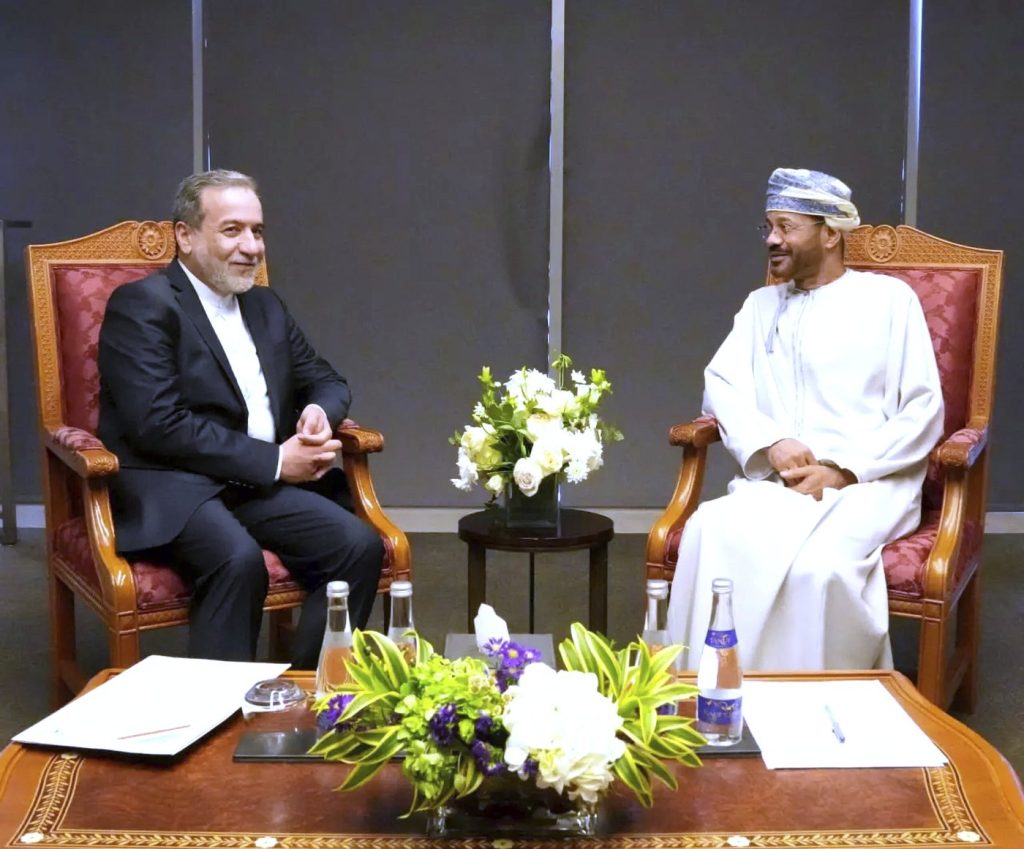MUSCAT, Oman (AP) – On Saturday, envoys from Iran and the United States arrived in Oman for the first discussions regarding Tehran's advancing nuclear program since President Donald Trump returned to the White House. Although an overall agreement is not expected imminently, the stakes are incredibly high for both nations, which have been in a state of enmity for nearly fifty years. Trump has frequently threatened potential airstrikes on Iran's nuclear facilities if a deal is not reached, while Iranian officials have increasingly hinted at the possibility of pursuing a nuclear weapon, given their stockpile of uranium enriched to nearly weapons-grade levels.
Flight-tracking data analyzed revealed that a private jet from Pulkovo Airport in St. Petersburg, Russia, arrived in Oman on Saturday morning. U.S. Middle East envoy Steve Witkoff had met with Russian President Vladimir Putin the previous day in St. Petersburg, indicating the geopolitical implications surrounding the talks.
In parallel, Iran's Foreign Ministry released footage of its top diplomat, Abbas Araghchi, conferring with Omani Foreign Minister Badr al-Busaidi. According to Iran's state-run IRNA news agency, Araghchi communicated Iran's stances and essential points for the upcoming negotiations to be conveyed to the U.S. side, with the expectation that talks would commence later that day.
Araghchi was quoted stating, “If there is sufficient will on both sides, we will decide on a timetable. But it is still too early to talk about that.” He emphasized that the negotiations would be indirect and, from Iran's perspective, focused solely on the nuclear issue, aiming for a resolution that secures the national interests of the Iranian people.
Conversely, both Trump and Witkoff described the talks as “direct.” Witkoff articulated, “I think our position begins with dismantlement of your program. That is our position today.” He also acknowledged that there could be a search for compromise on secondary issues, while reaffirming the critical U.S. stance that there must be no weaponization of Iran's nuclear capability.
The U.S. may offer sanctions relief, which could assist Iran's struggling economy. However, uncertainties linger around how much Iran would be willing to concede. Under the terms of the 2015 nuclear deal, Iran was only permitted to maintain a small stockpile of uranium enriched to 3.67%. Today, Tehran's reserves could potentially enable it to develop multiple nuclear weapons, with some material already enriched up to 60%, marking a significant departure from the deal's limits and a short technical step toward weapons-grade levels. Given prior negotiations since Trump unilaterally withdrew from the agreement in 2018, it's likely that Iran will push to continue enriching uranium up to at least 20%.
There is little indication that Iran will fully abandon its nuclear program, making proposals like that of Israeli Prime Minister Benjamin Netanyahu, which advocates for a so-called Libyan solution—military intervention to dismantle Iran’s facilities—impractical. Iranian leaders, including Ayatollah Ali Khamenei, have referenced the fate of Libya's late dictator, Moammar Gadhafi, as a cautionary tale about trusting the United States, suggesting that the consequences of disarmament could be dire.
The complex dynamics surrounding these negotiations underscore not just the risks and stakes involved, but also the deep-seated mistrust that characterizes Iranian-American relations. The outcome of these discussions may have far-reaching implications, both regionally and globally, as efforts continue to address the persistent crisis of nuclear proliferation in the Middle East.










